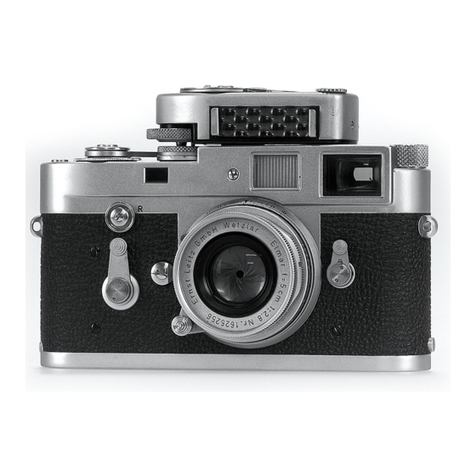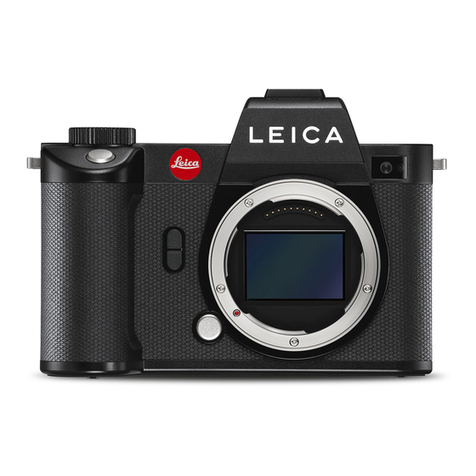Leica CL User manual
Other Leica Digital Camera manuals
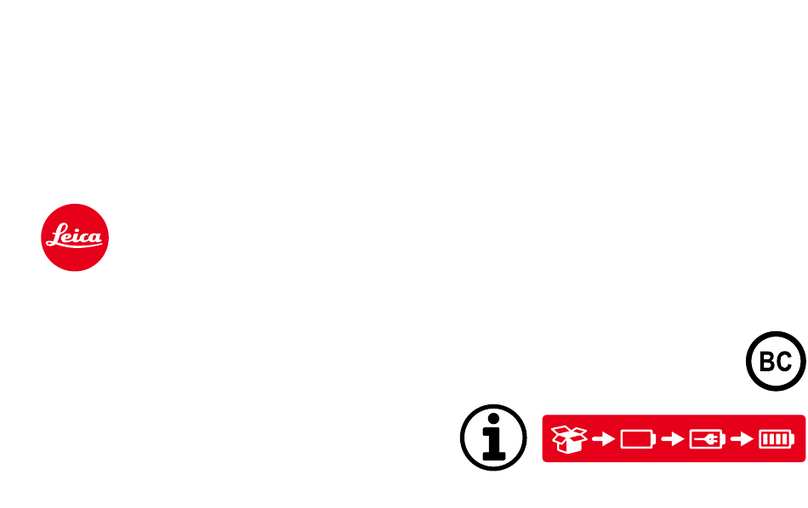
Leica
Leica SOFORT 2 User manual
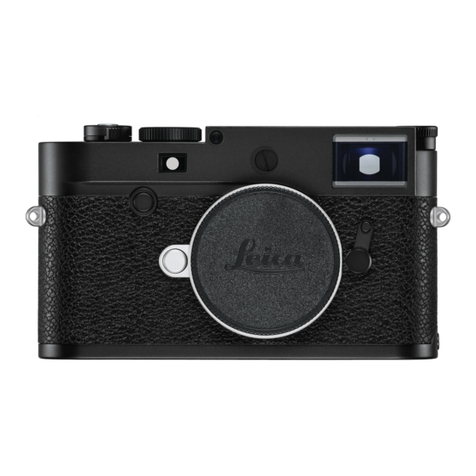
Leica
Leica M10- P ASC 100 Edition User manual

Leica
Leica CM User manual

Leica
Leica M9 User manual
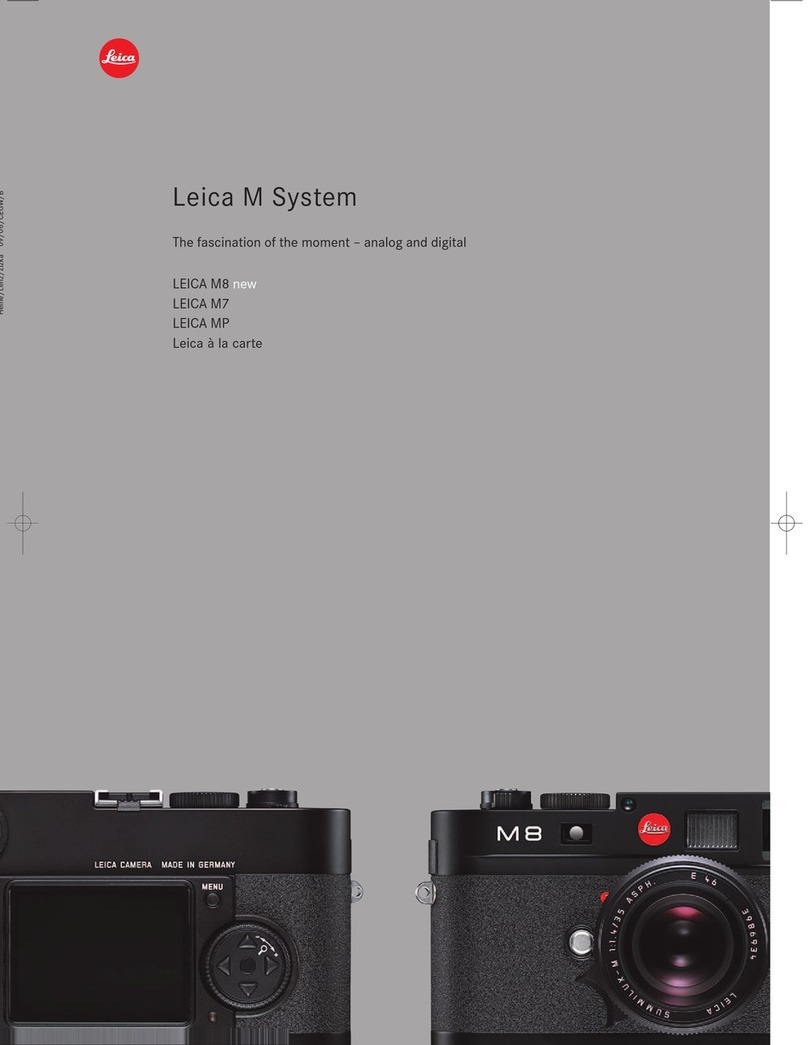
Leica
Leica M7 User manual
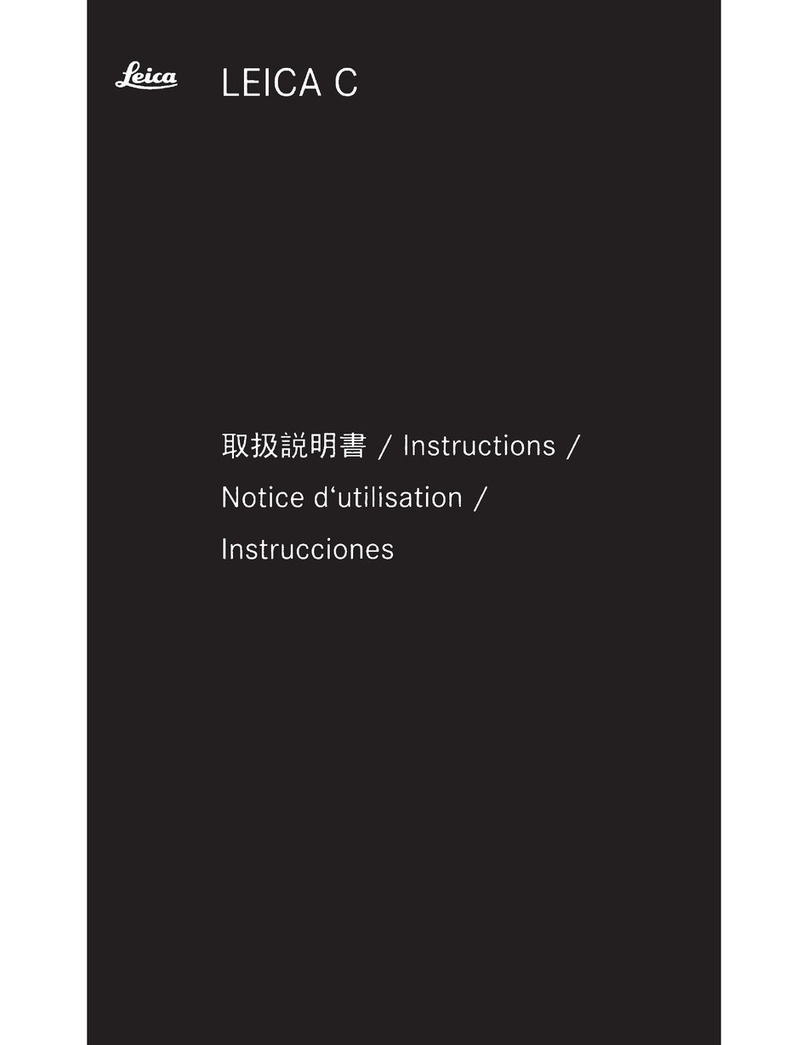
Leica
Leica C User manual
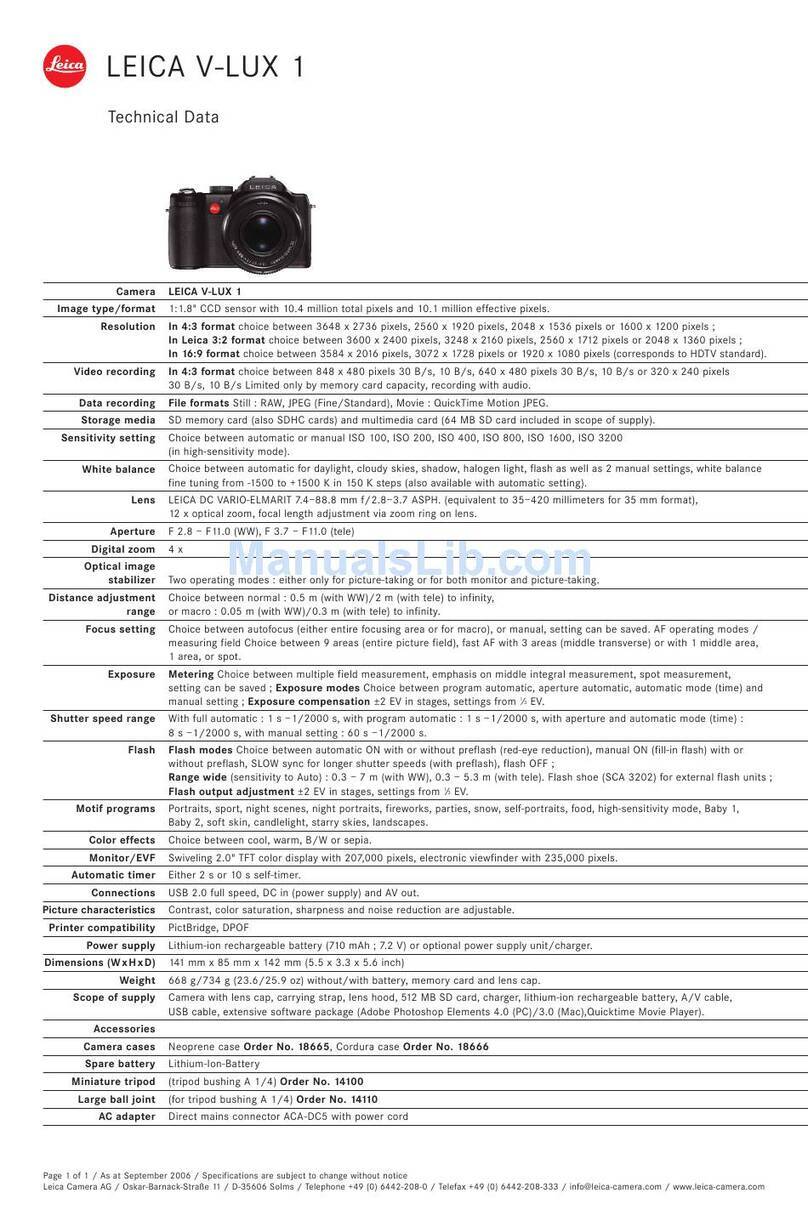
Leica
Leica V-LUX 1 Instruction manual
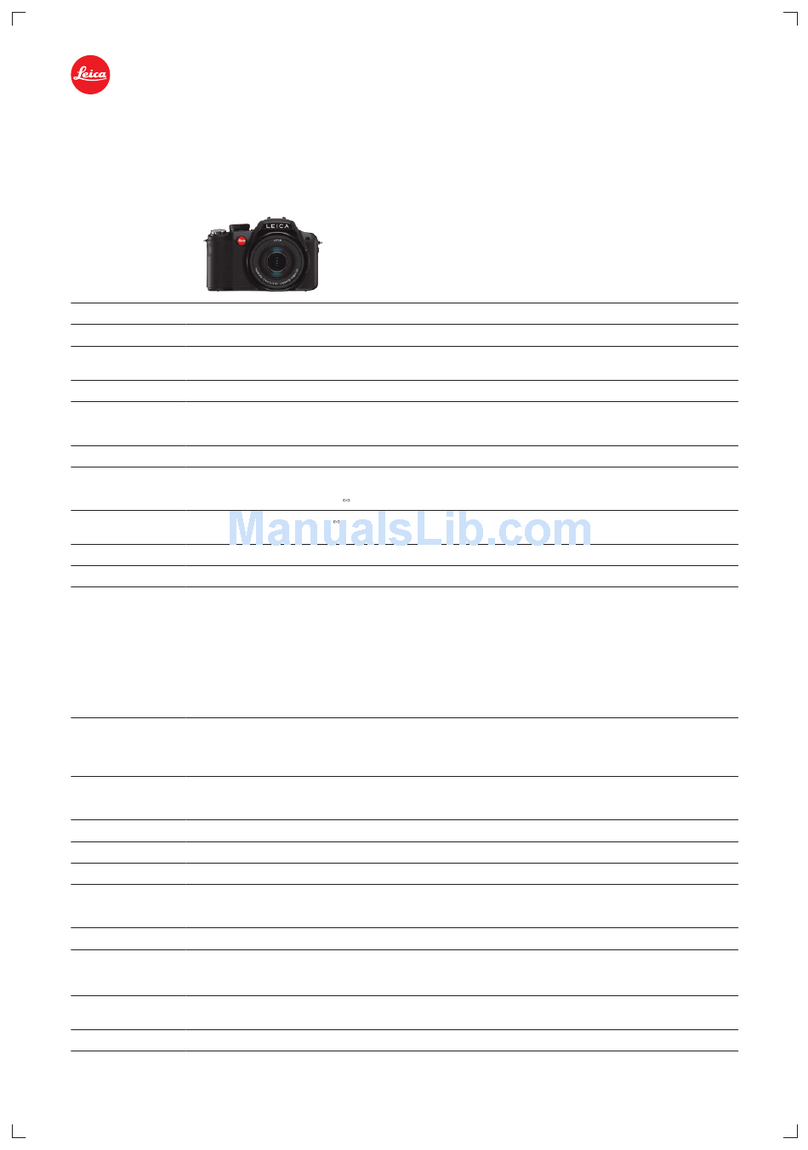
Leica
Leica V-LUX 2 User manual

Leica
Leica M-A User manual
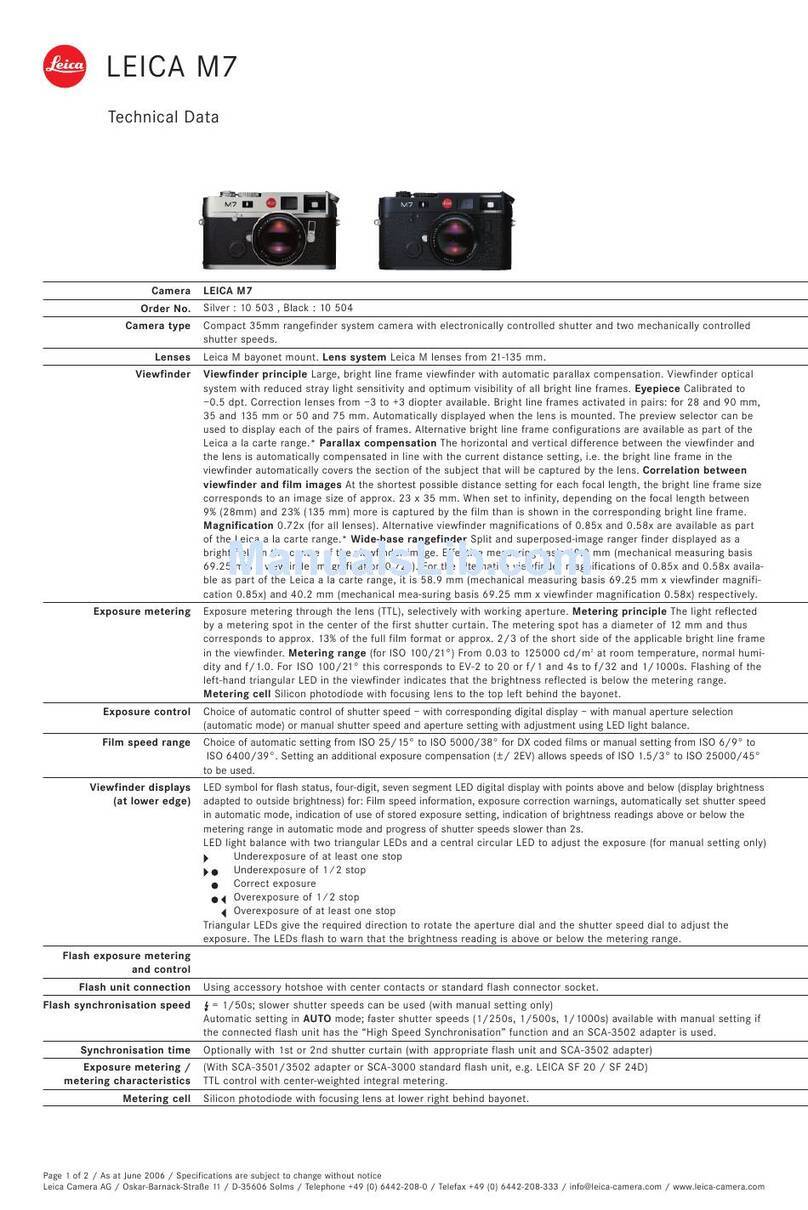
Leica
Leica M7 Instruction manual

Leica
Leica Digilux 3 Quick start guide
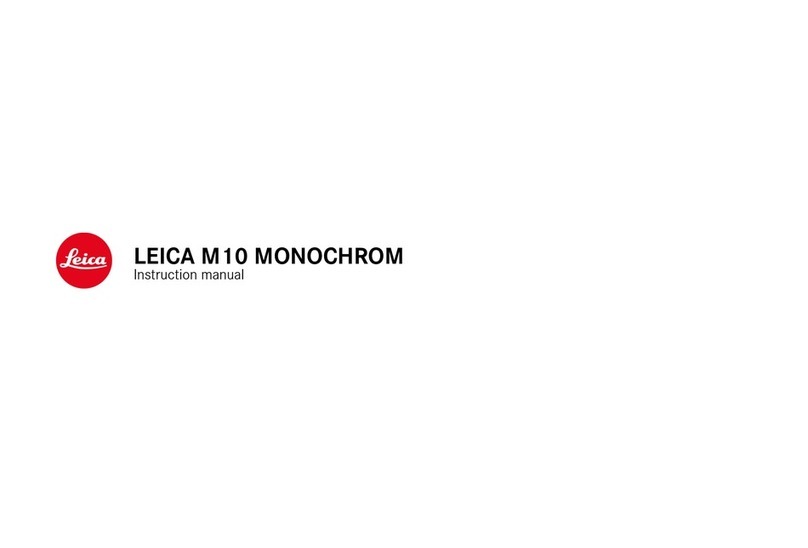
Leica
Leica M 10 User manual
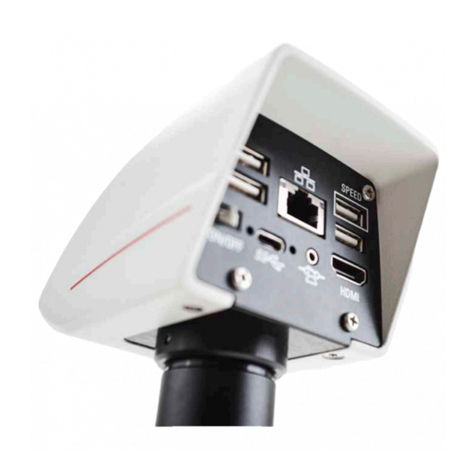
Leica
Leica FLEXACAM C1 User manual

Leica
Leica SOFORT 2 User manual

Leica
Leica M8.2 Safari User manual
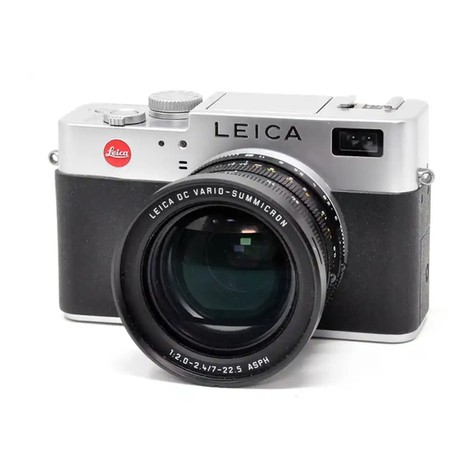
Leica
Leica Digilux 2 User manual

Leica
Leica MC-UL427 User manual
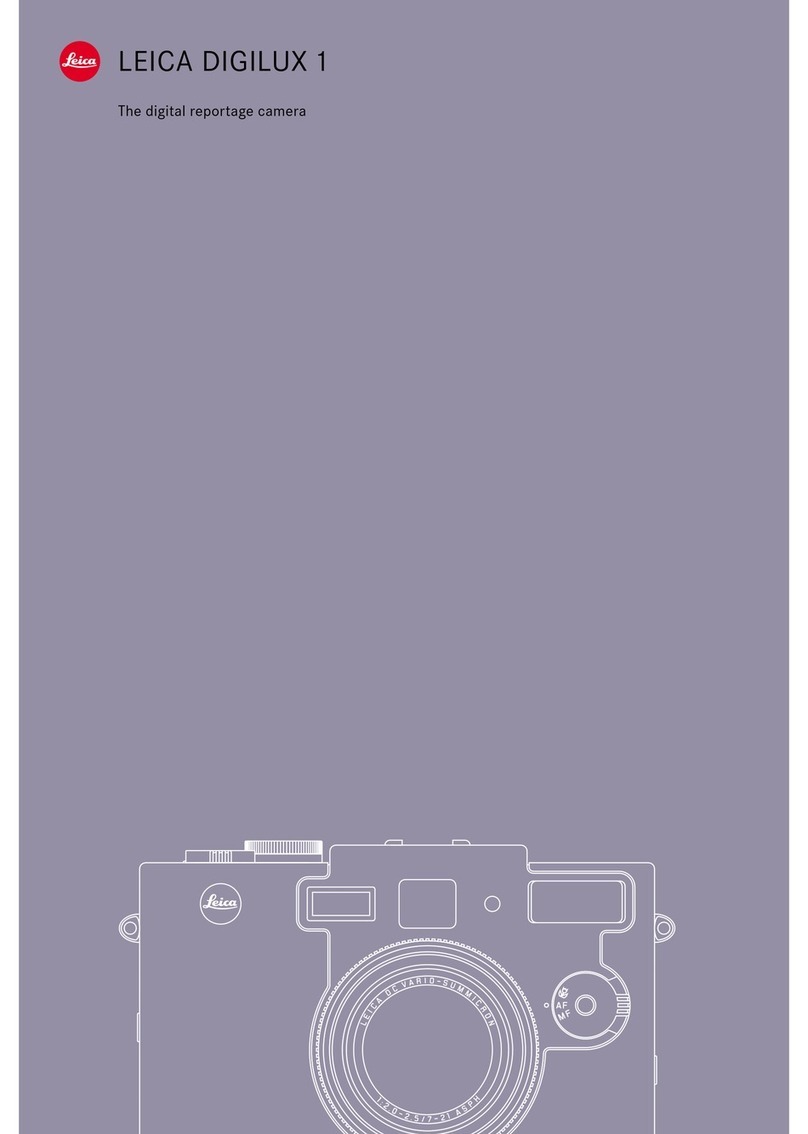
Leica
Leica BP-DC1 User manual
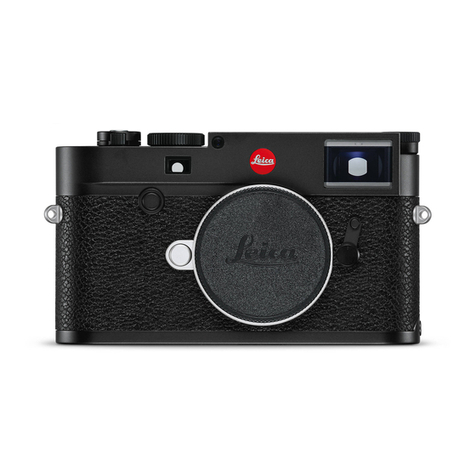
Leica
Leica M 10 User manual
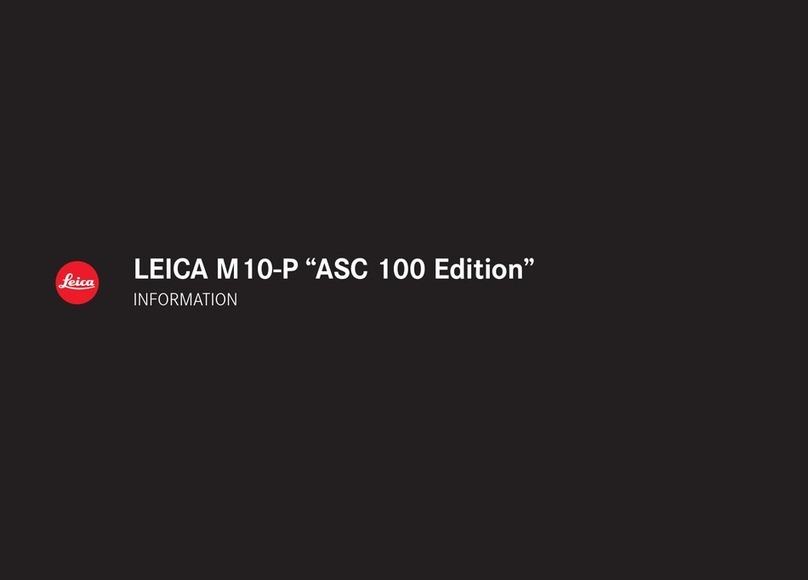
Leica
Leica M10- P ASC 100 Edition Owner's manual
